
Top 8 Cybersecurity Software
Discover the top 8 cybersecurity software solutions that protect against evolving threats while enhancing enterprise compliance and resilience.
Published on October 22, 2025
Last updated on November 27, 2025
In an age where cyber threats continue to evolve and intensify, maintaining operational continuity has become a critical business priority. Cyber resilience software offers organisations the ability to prepare for, respond to, and recover from cyber incidents while maintaining core business functions. The right solution not only prevents disruptions but also supports faster recovery through automation, visibility, and integrated defence measures.
From ransomware to insider threats, a single incident can disrupt service, compromise data, and damage brand reputation. Organisations therefore need cyber resilience tools that combine prevention, detection, and recovery in one cohesive system. Below, we explore what cyber resilience software is, what features matter most, and which platforms lead the field in 2025.
Cyber resilience software helps organisations anticipate, withstand, recover from, and adapt to cyberattacks and operational disruptions. It integrates cybersecurity, business continuity, and risk management principles to provide a holistic defence posture.
Unlike traditional security tools that focus solely on prevention, cyber resilience solutions also prioritise recovery and adaptation. They ensure that essential systems remain available, data remains protected, and recovery processes can be executed efficiently after a breach. The ultimate goal is not only to defend but to maintain continuous operations even when an incident occurs.
Selecting the right software means finding a balance between proactive protection and reactive recovery. Here are the essential features to look for.
This feature provides continuous monitoring and real-time alerts for unusual activity, enabling rapid containment of potential threats before they escalate.
Automation ensures critical data and applications can be restored quickly following an incident, reducing downtime and data loss.
Seamless links between cyber resilience and incident management workflows ensure coordinated communication and response actions across departments.
Tools that regularly scan for weaknesses in systems, networks, and configurations allow organisations to prioritise and remediate vulnerabilities efficiently.
Comprehensive dashboards and automated reports provide visibility into system health, incidents, and compliance posture, supporting informed decision-making.
These functions help align cyber resilience practices with regulatory frameworks such as ISO 27001, NIST, and GDPR, ensuring consistent and auditable processes.
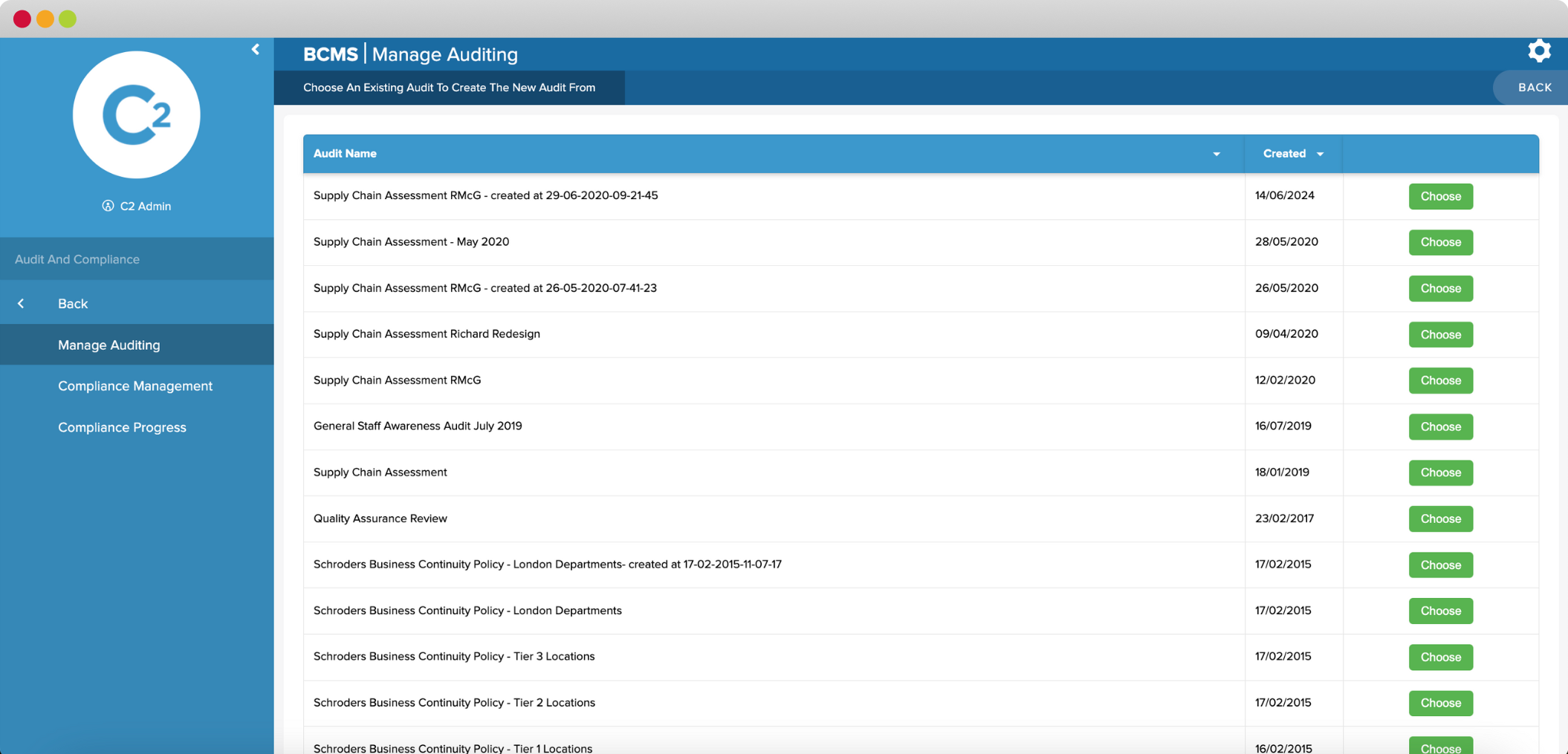
Continuity2 offers an integrated approach to business continuity and cyber resilience. Designed for enterprise use, the platform connects incident management, risk assessment, and data protection under one unified system. It automates business impact analyses, recovery planning, and incident notifications, making it ideal for large organisations seeking to operationalise resilience strategies.
Key Features:
Best for: Enterprises and public-sector organisations seeking an industry-leading, scalable resilience platform.
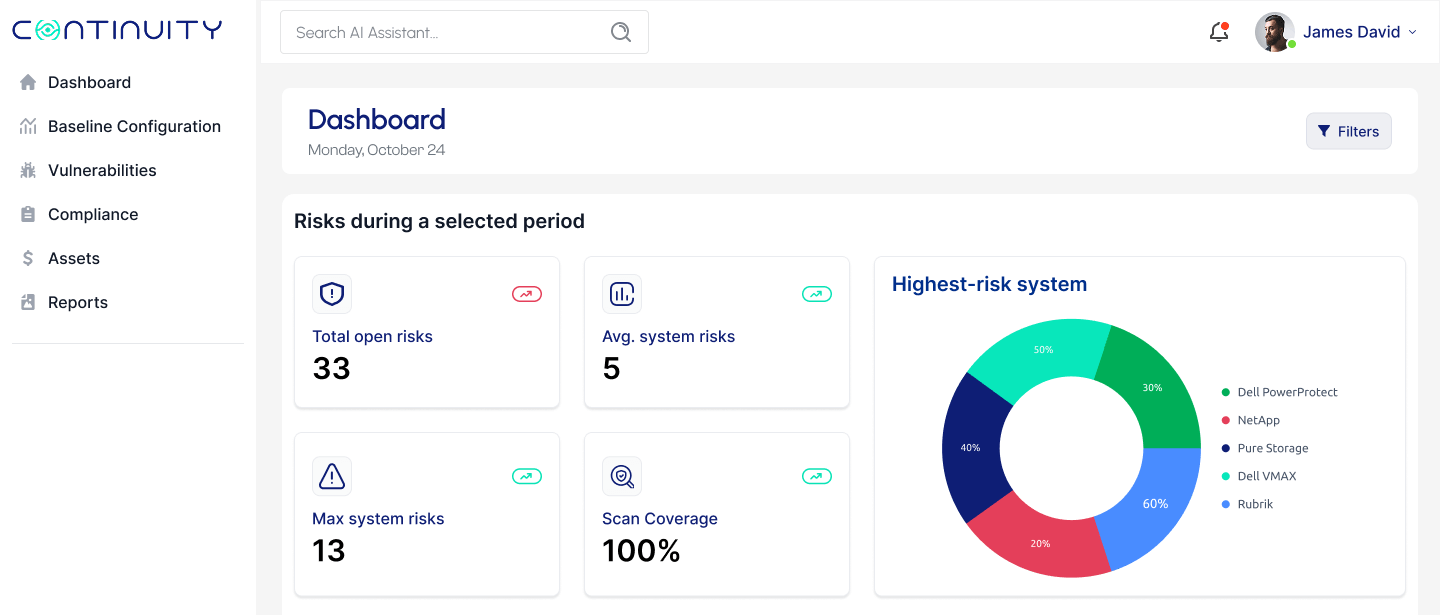
StorageGuard continuously scans storage and backup environments to detect misconfigurations and vulnerabilities that could jeopardise recovery readiness. It identifies issues across hybrid and multi-cloud infrastructures, ensuring that backup data remains secure and recoverable.
Key Features:
Best for: Organisations prioritising storage security and backup integrity.
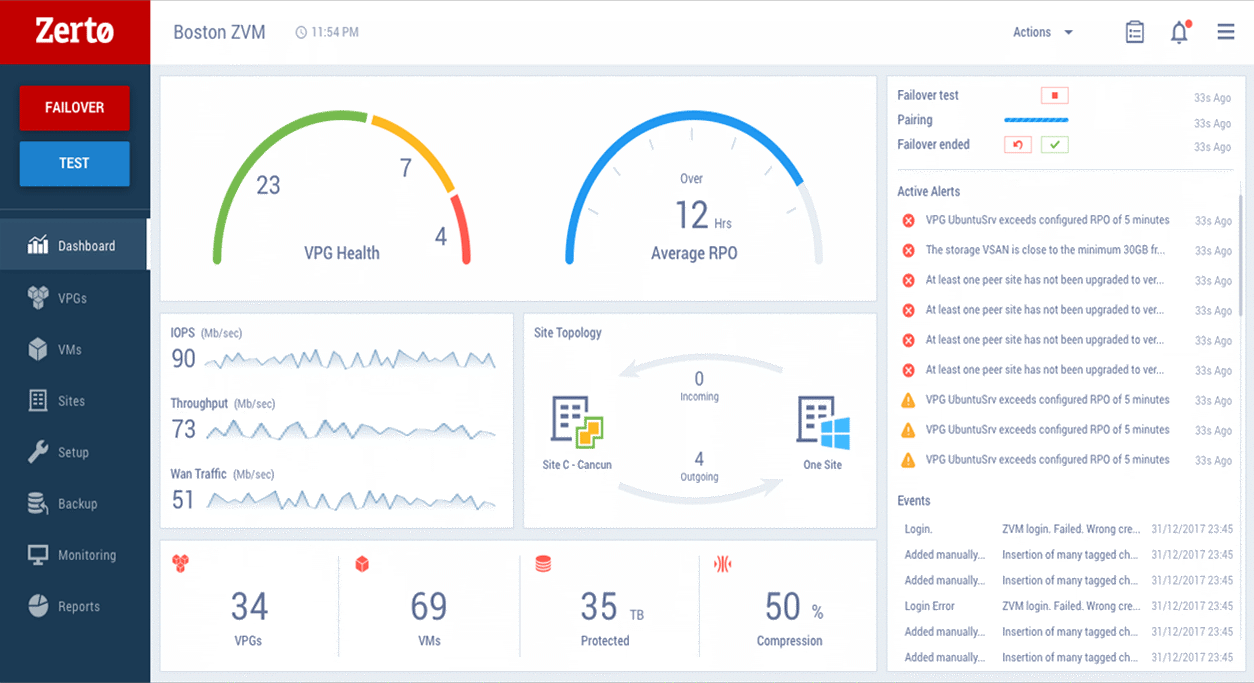
Zerto offers a strong combination of disaster recovery, backup, and cloud mobility. It uses continuous data protection to reduce downtime and data loss, making it particularly effective for virtualised and hybrid environments.
Key Features:
Best for: Organisations requiring real-time data replication and minimal downtime.

Cohesity unifies backup, recovery, and data security in a single platform. Its AI-driven threat detection tools help identify anomalies, while its immutable backups support ransomware protection and rapid recovery.
Key Features:
Best for: Large enterprises managing sensitive data and complex recovery needs.

Commvault provides advanced data protection and recovery solutions designed to secure workloads across hybrid environments. It integrates seamlessly with cloud and on-premise infrastructure, offering layered defence against ransomware.
Key Features:
Best for: Organisations seeking end-to-end cyber resilience with integrated data protection.
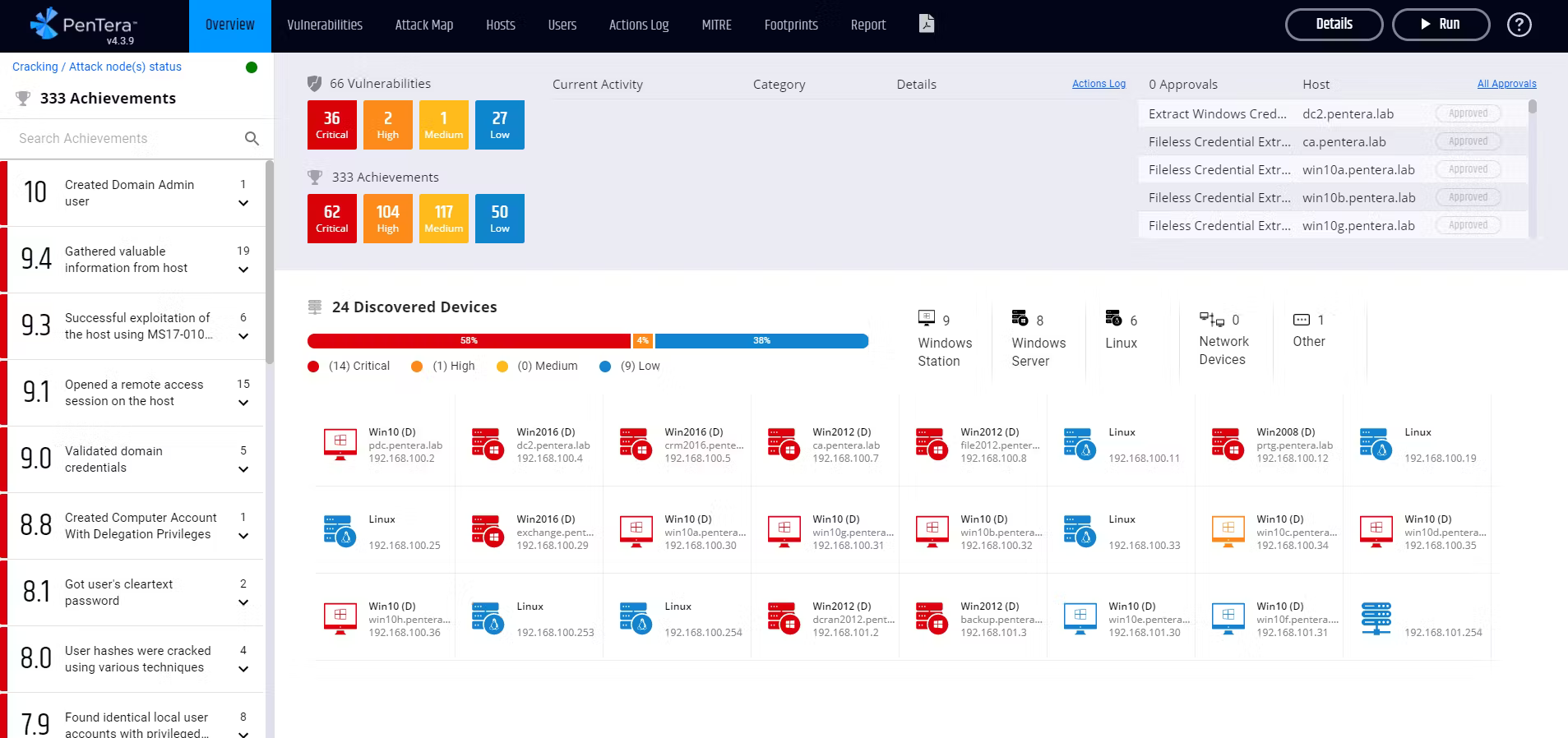
Pentera automates penetration testing and resilience validation, helping security teams assess exposure and readiness continuously. It simulates real-world attack paths to test how well systems can withstand and recover from threats.
Key Features:
Best for: Security teams needing proactive assurance of resilience capabilities.
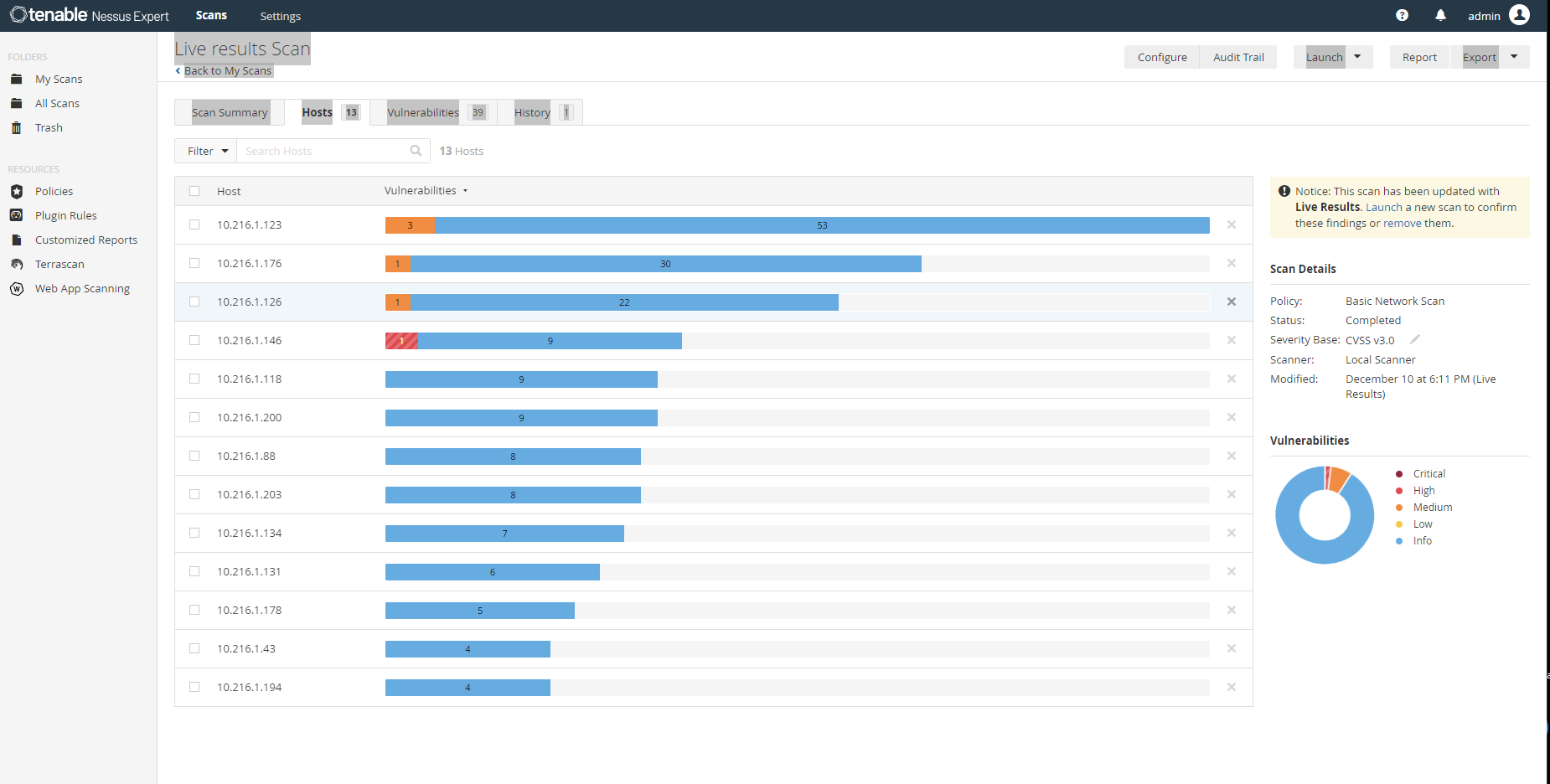
Tenable helps organisations gain visibility into vulnerabilities across their networks, applications, and cloud environments. Its continuous monitoring supports early detection and remediation, forming the backbone of proactive cyber resilience.
Key Features:
Best for: Organisations seeking ongoing vulnerability insight to strengthen resilience.
Implementing cyber resilience tools empowers organisations to anticipate, withstand, and recover from disruptions while protecting operations and reputation.
Cyber resilience tools ensure that operations continue during and after an incident. By integrating prevention, detection, and recovery, they minimise the impact of disruptions and protect revenue streams.
Automated backup and restoration functions reduce manual intervention, shortening recovery time and lowering the financial cost of incidents.
Centralised dashboards provide real-time insight into vulnerabilities, threats, and compliance status, enabling faster decision-making and more targeted remediation.
With built-in frameworks and audit-ready reporting, organisations can meet stringent compliance requirements while maintaining data integrity and transparency.
Demonstrating robust cyber resilience strengthens relationships with customers, partners, and regulators by showing preparedness and accountability.
Cyber threats will continue to evolve, but resilient organisations will always be those that integrate defence with recovery. Cyber resilience software provides a unified approach to safeguarding data, maintaining operations, and adapting to emerging risks.
With C2 Meridian BCMS, you can consolidate risk management, business continuity, and cyber resilience into a single, cohesive system designed for scalability, visibility, and precision.
Book a Demo with Continuity2 to see how your organisation can strengthen operational resilience, streamline recovery processes, and maintain business continuity in the face of disruption.
Founder & CEO at Continuity2
With over 30 years of experience as a Business Continuity and Resilience Practitioner, Richard knows the discipline like the back of his hand, and even helped standardise BS25999 and ISO 22301. Richard also specialises in the lean implementation of Business Continuity, IT Service Continuity and Security Management Systems for over 70 organisations worldwide.


Founder & CEO at Continuity2
With over 30 years of experience as a Business Continuity and Resilience Practitioner, Richard knows the discipline like the back of his hand, and even helped standardise BS25999 and ISO 22301. Richard also specialises in the lean implementation of Business Continuity, IT Service Continuity and Security Management Systems for over 70 organisations worldwide.

Discover the top 8 cybersecurity software solutions that protect against evolving threats while enhancing enterprise compliance and resilience.
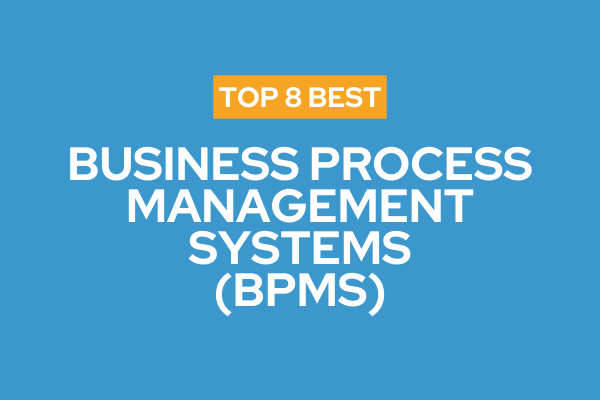
Discover essential tips for selecting the best business process management software tailored to your needs. Read the article to make informed choices.
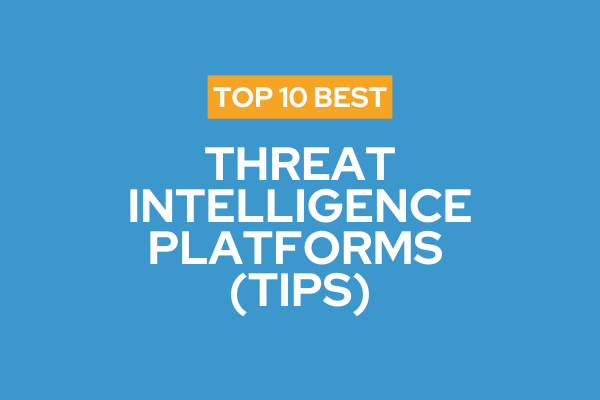
Discover the top 10 Threat Intelligence Platforms of 2025 to detect, analyse, and respond to cyber threats with greater speed and precision.

Explore the top 8 Occupational Health and Safety (OHS) software platforms that streamline compliance, reduce risk, and build safer, more resilient workplaces.

Discover the top 8 Disaster Recovery as a Service (DRaaS) solutions—features, benefits and use cases to cut downtime, minimise data loss and meet compliance.
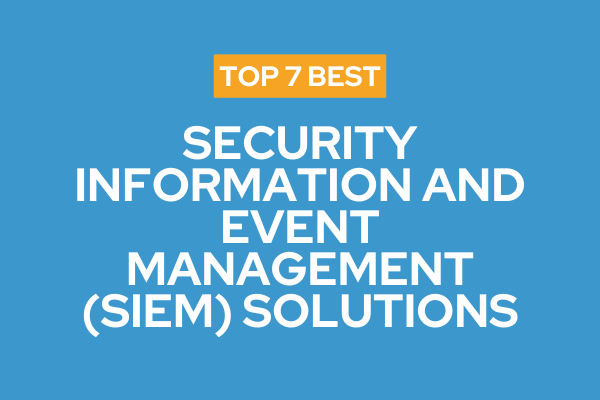
Find the best SIEM tools to detect threats faster, automate incident response, ensure compliance, and strengthen your organisation’s cyber resilience.
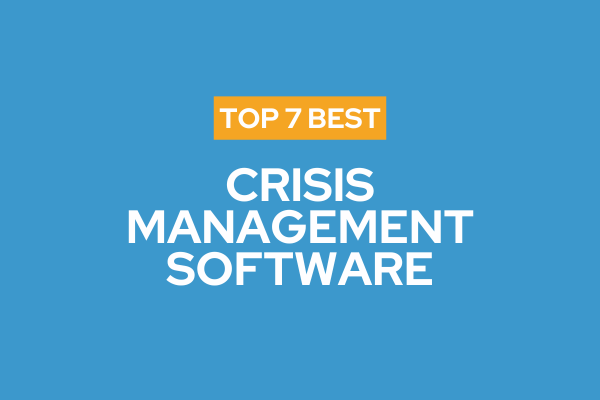
Compare the top 7 crisis management software—tools that centralise response, speed communication, automate workflows, and improve audit-ready reporting.

Discover top risk and resilience software for manufacturing in 2025—SOAR automation, visibility, and compliance to protect uptime and supply chains.
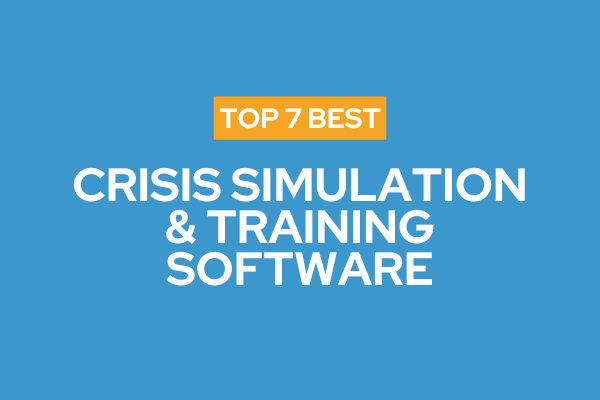
Enhance your crisis management skills with effective simulation software. Learn how to improve preparedness and respond confidently in your organisation.